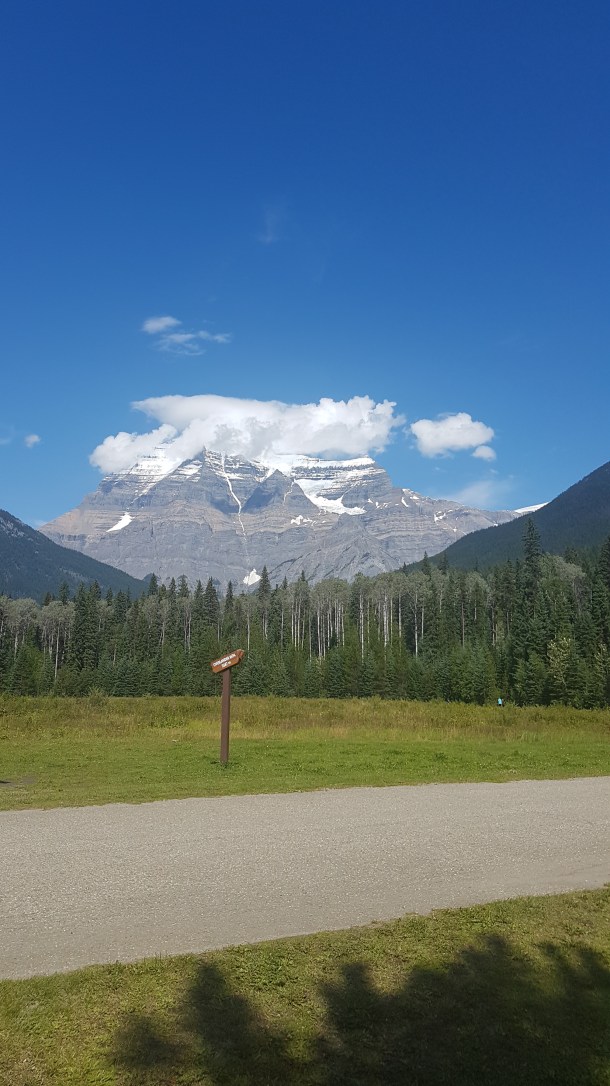“Where was I on September 11, 2001 as the planes hit the towers?” This is a question many of us of a certain age revisit each year to mark this date.
I was in my car driving to school when the news broke. It seemed surreal like H. G. Wells’ War of the Worlds must have. When I got to school, I found a TV, and we watched it in the classroom. I asked the students, the parent of the day, and educational assistant if they had friends or relatives in the US. About 3/4 of the group raised their hands. Our family has roots in the US with relatives and friends living there. Both my post-graduate degrees are from American schools and we spend a considerable amount of time in the US.
The play Come From Away is about people in Newfoundland opening homes and lives to over 7000 people who were on diverted flights.
On September 10, 2001, who would have thought it would happen the following day? Who could predict the consequences of the act of a handful of men that day and the lasting impact on lives? But, it did impact us in a 6 degrees of separation way. I did not know anyone in the planes or towers, but I know at least two others who knew someone on the flights. In today’s world, interconnectedness is real and vivid.
Emblazoned in infamy,
Seared into minds–
Surreal and nightmarish.
Senseless and tragic,
Touching one–
Touching all.
Sharing grief,
Never fully healing–
Holding memories.
Loved ones gone,
Never forgotten–
Shedding tears.
In recent days, we have a Blues channel on to listen to music. Today, I heard this song by Bonnie Raitt and it touched me on this day. We missed seeing her several years ago as the tickets sold out before I got there.
The song raises a question for me: “How can learn we are more alike as humans than different?”













